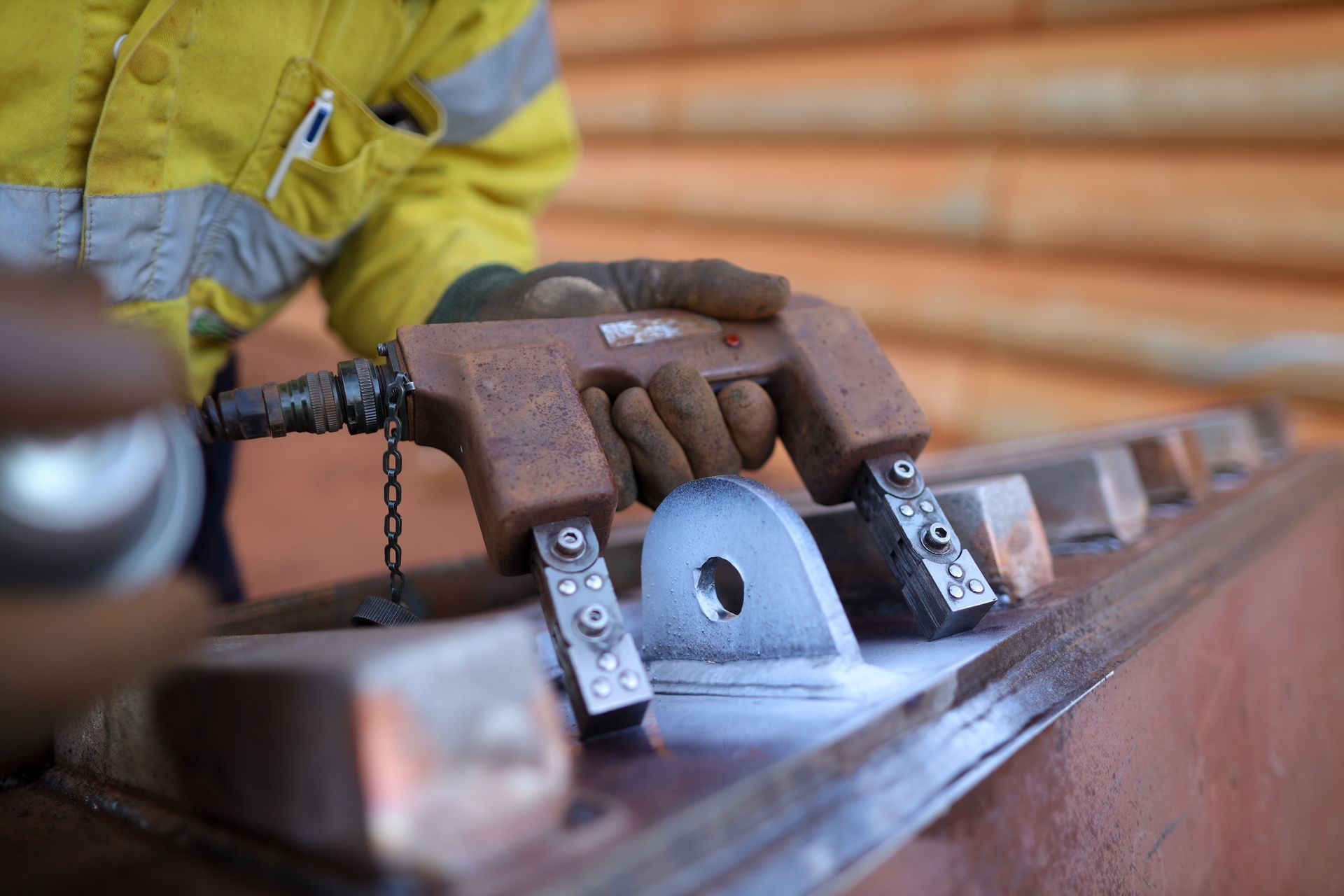5 Practical Uses for Phased Array Antennas and Transducers
December 9, 2021
Phased Arrays Explained – the Really Short Version
So what is a phased array antenna? Any antenna, from the one in your smartphone to a thousand-foot diameter radio telescope, does just two things – it sends out or receives electromagnetic energy waves like radio, radar, TV, microwave, etc. Conventional antennas have a limited ability to direct their beams. That’s one reason many radar antennas rotate – to scan the entire sky they must physically move the beam.
A phased array antenna is different. It combines an array of small, fixed, individually controlled antennas that can direct the beam in multiple directions. It can also be used to improve reception.
So what’s a phased array transducer? Basically, it’s the ultrasonic version of a phased array antenna – it beams (and acquires) ultrasonic waves using a multiple transducer array.
Sit Back and Enjoy the Flight
Ever wonder how your airline keeps you hooked-up to the internet at 35,000 feet over the Atlantic? It may well be a phased array antenna.
Here’s the problem – as your jam-packed jetliner is winging its way to your next tiny hotel room, the satellites it’s using to stay connected to the internet are changing their relative positions. Conventional, fixed antennas can’t handle that kind of variation, but a phased array antenna is just the thing for ensuring clear reception – even over Greenland.
Non Destructive Inspection – of Course!
Phased array transducers are the core of advanced ultrasonic inspection. Used for inspecting welds and other high value structures, phased array ultrasonic systems directionally beam waves of ultrasonic energy through the inspection piece. This enables the phased array transducer to be mounted in one or a limited number of positions. In contrast, a conventional ultrasonic inspection system uses a transducer that must be manually moved over point on the test piece. This can lead to inaccuracies and even missed defects, especially if the inspection piece has a complex geometry.
Phased array transducers – suddenly a complicated inspection task is lot more simple and accurate.
Talk Radio? Yeah, We’ve Got That.
Ever wonder why AM radio stations frequently use multiple antennas to broadcast their signal? All those towers actually form one big phased array antenna. Why do it? One, it lets broadcasters direct their signal towards the geographic area that holds their prime listeners. Two, as the sun sets listener reception can be improved by switching phases and power levels in individual antennas.
Sports, politics, news, oldies – all brought to you by phased array antennas.
Admit it – You Want a Phased Array Radar for Your Car
That day may not be far off. Researchers at a major automotive company have demonstrated a small phased array radar designed to detect and identify pedestrians. With over 4,000 pedestrian fatalities every year in the US, it’s a problem in need of an effective solution.
Phased arrays provide a wide detection angle and rapid object acquisition. Hooked up to the vehicle’s control system, it can bring a car or truck to a hard stop before the driver even realizes that a pedestrian stepped into the danger zone.
The Ultimate Storm-Chaser
While not yet in widespread use, phased array radars may provide the ultimate early warning system for tornados and other dangerous weather. The Navy even built a mobile unit mounted to a tricked-out truck. Think of it as your ultimate pimp-my-ride for the storm-chasing crowd.
More than a science project, phased array weather radars promise faster, deeper scans of weather systems and that means earlier, more accurate weather warnings.





